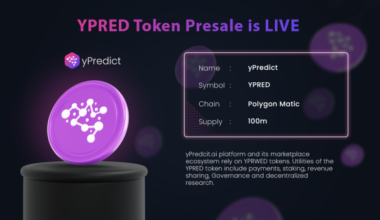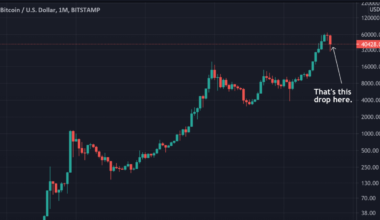In an interview for Forbes, Cardano’s inventor and the CEO of Input-Output Global (IOG), Charles Hoskinson talked about consensus mechanisms, energy consumption, and the potential future for this industry. Based on interoperability, a subject IOG has been developing, Hoskinson called out Ethereum for trying to “lock” users into its ecosystem.
Over the next three to five years, as IOG’s CEO estimated, the crypto ecosystem could be connected via “the internet of blockchains”. This will allow the user to remain “liquid” and able to jump from a platform, like Ethereum, Polkadot, or Cardano, to another just with the click of a button. Hoskinson said:
I think over the next three to five years what will happen is our industry will converge to a Wi-Fi moment where it just works (…). You click a button, now you’re in Cardano. It takes a few minutes, a few hours and you’re there. That means it’s going to be a race to a bottom, in terms of operating cost.
The platforms will compete to reduce costs for the consumers. Thus, they will try to make their blockchains much “cheaper to operate”. IOG has been focused on developing a cross-chain communication protocol. As Hoskinson explained, this will enable any user or platform to “represent value information between systems” and move it. The rest could be decided by the consumer:
(…) focus on the ability to move information, value and identity between chains, and then you kind of let the markets decide where things are going to live.
Cardano More Energy Efficient Than Bitcoin?
Cardano’s inventor addressed a topic that has been making headlines over the past weeks, the question of Proof-of-Stake versus Proof-of-Work as consensus mechanism and Bitcoin’s energy consumption.
In PoW, the entity that will mine a block on, for example, Bitcoin’s network is selected with a “meritocratic process”. After such entity mines enough hashes, it could get a “golden ticker”, as Hoskinson explained adding the following:
The higher the value of the asset, the more competition you get, the more energy expenditure. 99.9999997%, if not more, of the energy consumed by bitcoin is from that first stage.
In contrast, PoS operates with a mechanism that selects an entity to issue a block by considering the amount of a token committed to the process. For this consensus, the lottery that throws the “golden ticket” is synthetic. In the opinion of Hoskinson, PoS is more energy-efficient:
The advantage of proof of stake is that because you don’t have that gargantuan overhead and energy expenditure for deciding who gets to make a block, (…). So you end up getting protocols that are much lighter and massively more energy efficient. Cardano, for example, is 1.6 million times more energy efficient at the moment than bitcoin.
Hoskinson said 2021 will be Cardano’s “overflow” year. In the coming months, the platform will implement smart contracts after integrating native tokens and new functionalities. The future will be focused on governance, the commercialization of Cardano, and the adoption by “millions of users” from nation-states.
ADA is trading at $1,23 with 22.4% profits in the daily chart. In the weekly and monthly chart, ADA has a 6.7% loss and 1.5% gain, respectively.



